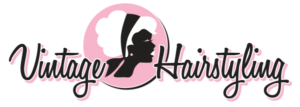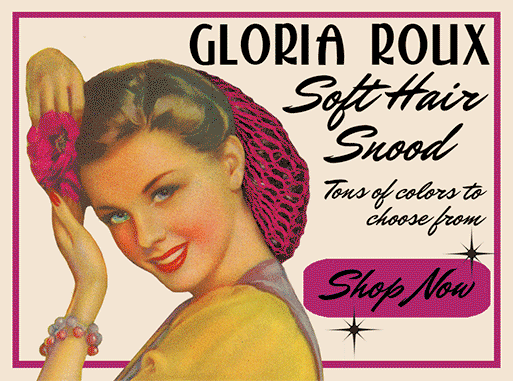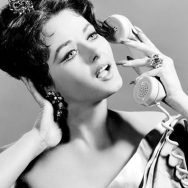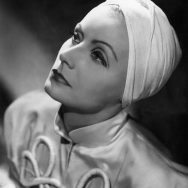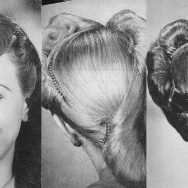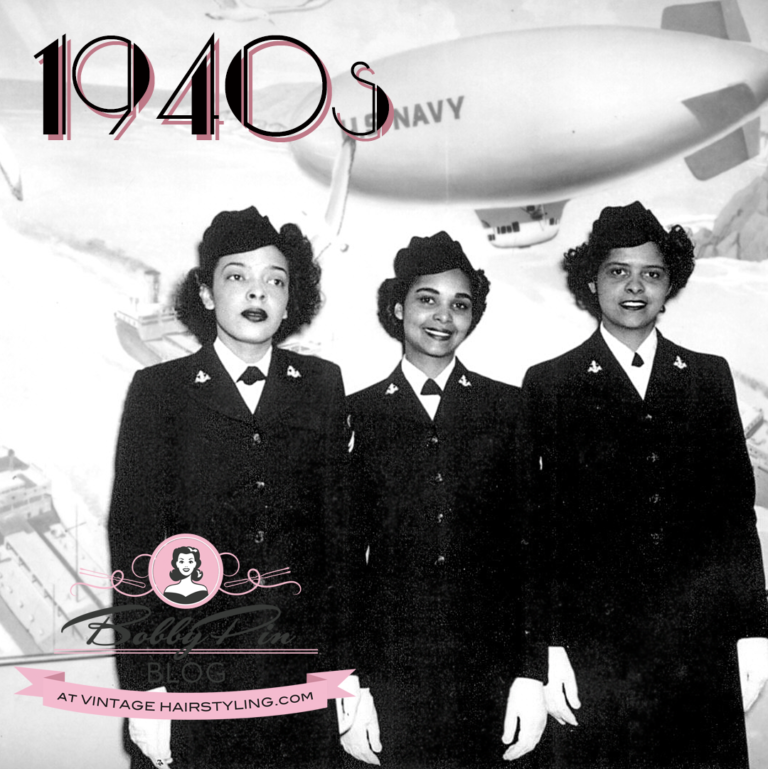
WWII and its effect on supply and general morale of everyday life led the 1940s woman to apply her makeup with a more natural, light touch. Serious times called for a new way of approaching cosmetics. In Part 1 of the 1940s era post of the blog series on vintage makeup for darker skin tones I’m covering how the the war effort affected a woman’s daily makeup routine. I cover makeup colors and application in Part 2. To know more about this series, please read my disclaimer.
- WWII and a Woman’s Duty to be Beautiful
- Makeup and the Woman at Work
- Makeup and the WWII Uniform
- Rationing and Makeup
Everyone will feel better if you keep up your appearance.
“The stress and strain of war can easily make you lose interest in your personal appearance, but it is up to you to take care of yourself for the sake of other people.” Jane Gordon, Technique for Beauty, 1940
Women were reminded often in propaganda during WWII that it was for the good of the war effort to stay beautiful. It was considered a part of a woman’s duty during World War II to keep herself attractive and well put together.
Advertising copy in beauty ads reminded women that “A woman’s lipstick is an instrument of personal morale that helps conceal heartbreak or sorrow.” and “America expects its women to keep busy… and keep beautiful.“
There was also a fine line between being too vain and letting yourself go. Too much makeup, too long of fingernails and general excessive vanity meant that you had too much time on your hands and must not be working hard enough for the war effort.
WWII – Makeup at Work
As women shifted into work positions normally held by the men that were now away at war, propaganda reminded them that femininity should not suffer or so would morale, energy, and productivity. Factories building for the war effort opened convenient salons and beauty counters on the premises so women could still maintain their appearance. With such long work hours, women often couldn’t make it during business hours to their regular shops.
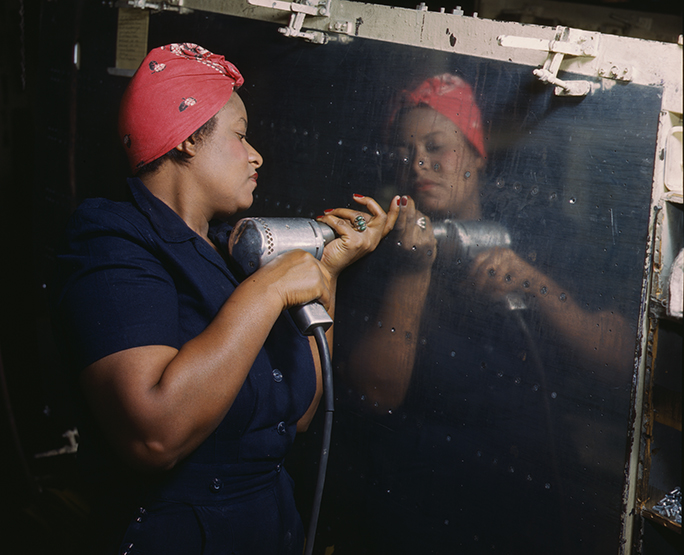
Lipstick was a usual must during WWII for women. Rouge, if subtle, was ok to wear to work, but it should coordinate with the lipstick.
Other tips for women working included using cold cream, vanishing cream, and lip pomades to protect skin from harsh outdoor weather conditions at jobs such as ship yards.
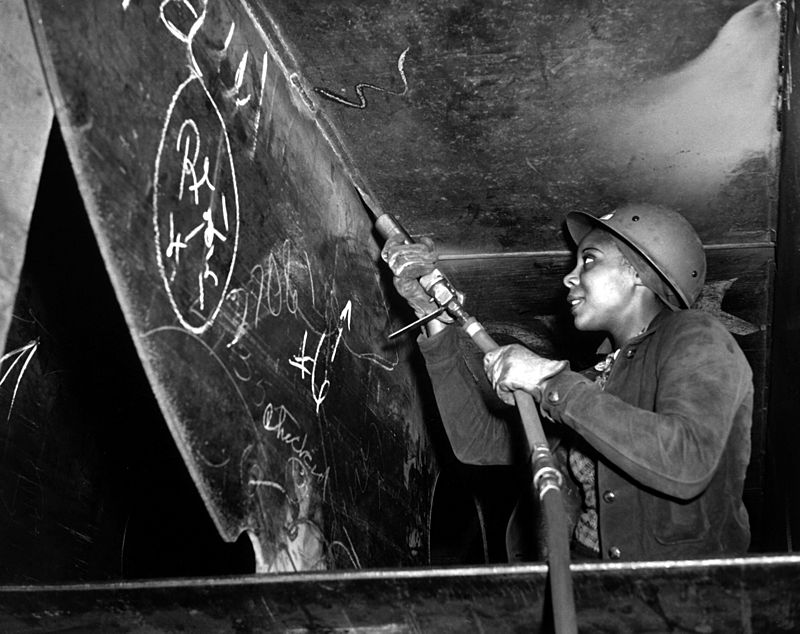
Regular manicures were encouraged. Use of cuticle oil and hand creams could protect a nurse from septic nails and exposure to infection through hand abrasions from regular scrubbing. The length of a woman’s nails was an important sign as to whether or not she was doing her part. A war worker kept her nails shorter for safety reasons.
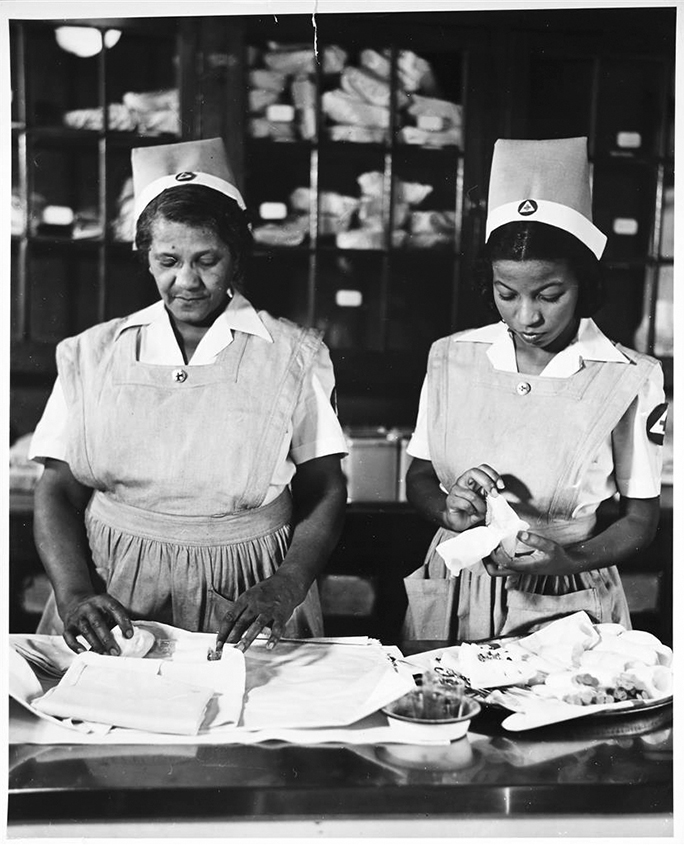
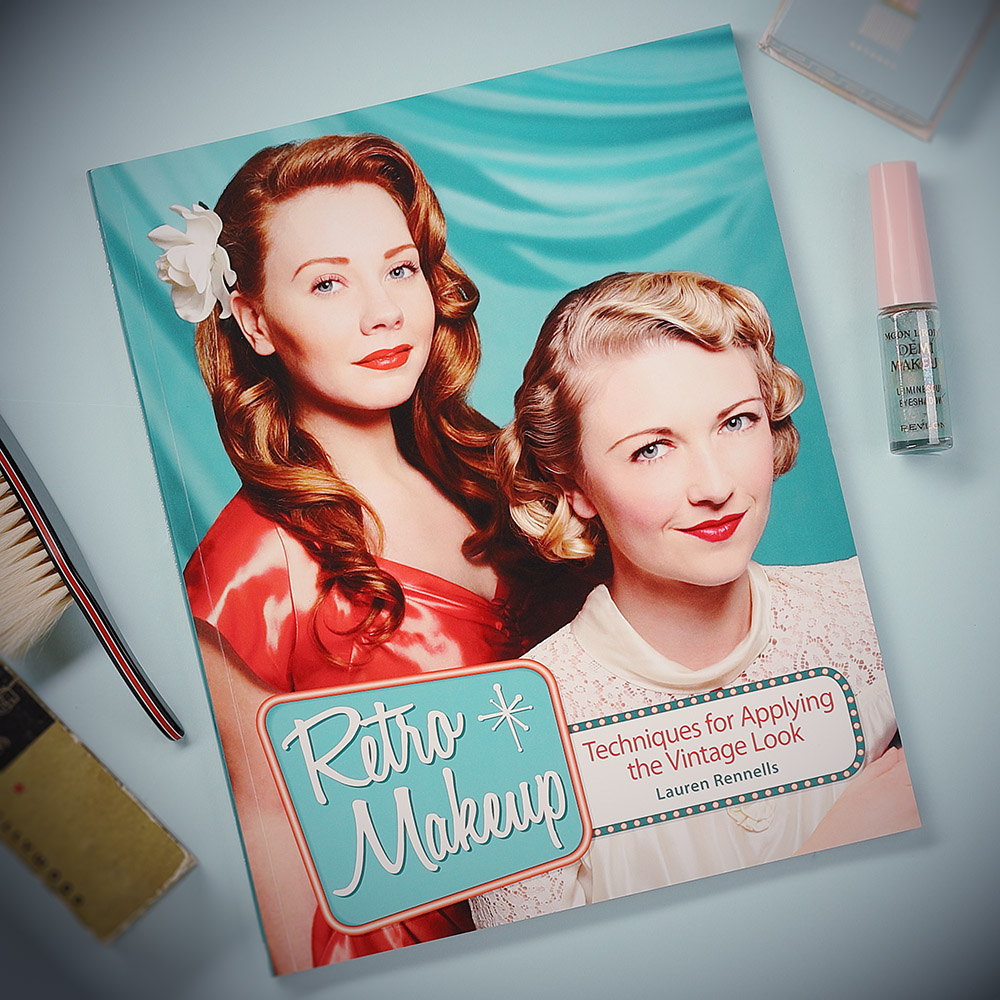
Read more details about the early days of makeup in the book, Retro Makeup: Techniques for Applying the Vintage Look.
WWII – Makeup in Uniform
There are many resources in print and online that give the history and details of African American, Latina, Asian American and Native American women’s military service during WWII in the U.S. Armed Forces and British Armed Forces. I encourage everyone to research the rich history.
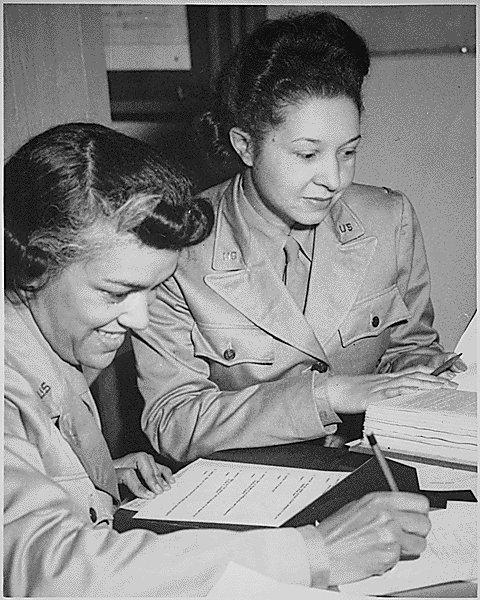
But on to the part about make-up in uniform during WWII…
Women in uniform had specific rules to follow when it came to beauty and their uniform. Women in the service were not immune to the ideal that makeup was important for morale, but strict guidelines were to be followed to keep it, well, uniform…and of course appropriate. Military regulation required “inconspicuous” makeup. But this was the 1940s and red lipstick was not considered a conspicuous color. It was the color of about 85% of lipsticks at the time. (Don’t quote me on that. It’s a hyperbole.)
Jane Gordon in the 1940 beauty manual, Technique for Beauty, warned “Do remember that obvious make-up looks out of place with the uniform. Scarlet lipstick does not look so bad with navy blue and red piped A.F.S. uniform but it does look silly with khaki. The only lipsticks which look well with khaki are the natural pinks such as Tangee.”
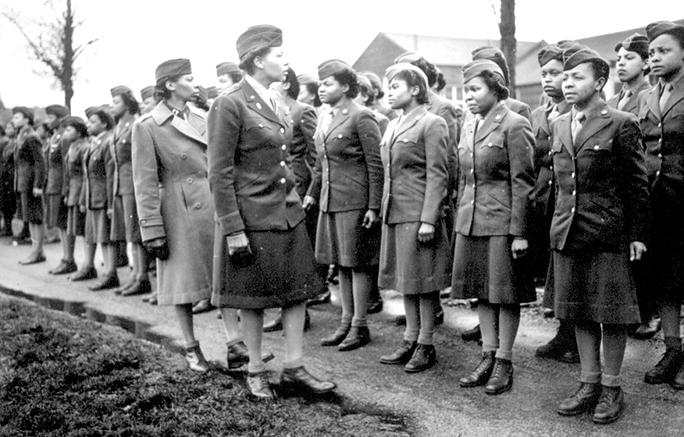
In Helena Rubenstein’s This Way to Beauty, she writes that rose lipstick and rouge were appropriate with uniforms such as the Army green uniforms.
In the U.S., an advertisement for an Elizabeth Arden lipstick reads, “And women love the subtle, carefully thought out Elizabeth Arden harmony between costume colors and lipstick shades…The young woman wears a Burnt Sugar Lipstick — most effective with khaki…many of her friends complement their uniforms of blue with the youthful vigor of Redwood.”
Many cosmetic companies including Helena Rubinstein, Elizabeth Arden, and Cyclax, produced special make-up kits that included lipstick colors that harmonized with the specific colors of the different armed forces branches’ uniform colors.
WWII – Rationing
And finally, rationing impacted beauty routines. Paper sometimes replaced metal lipstick tubes. Especially in Europe, castor oil rationing, an important ingredient in lipstick, had women using staining juices like beet juice as a replacement.
Related posts
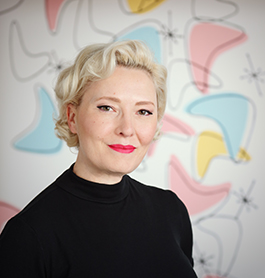
Welcome to the Bobby Pin Blog! I am Lauren Rennells and as a hairstylist, makeup artist, writer, and generally artistic over-achiever, the Bobby Pin Blog is my outlet for thoughts and research about vintage hair and makeup trends and how to recreate them today. Thank you for stopping by!

As an Etsy and Amazon associate I earn from qualifying purchases. As an independent blogger, I link these items because of my own opinions and not because of the commission I may receive.
Archives
Categories
Recent Posts
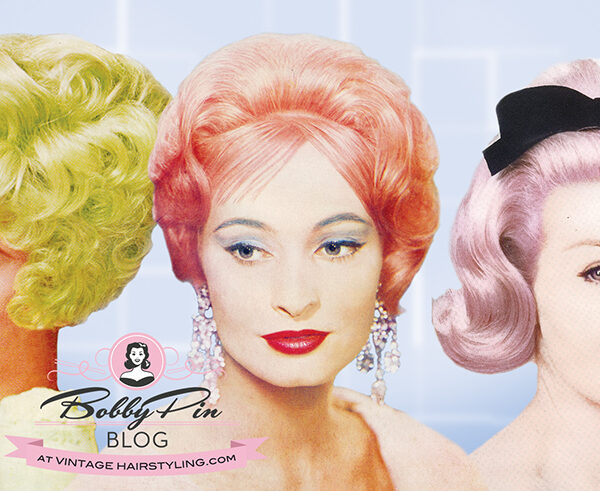
Pastel Hair Craze of the 1950s
April 17, 2024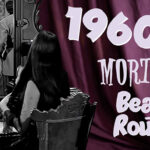
Beauty Routine of Midcentury Morticia Addams
October 18, 2023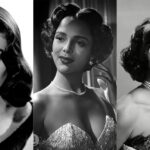
10 Iconic 1950s Hairstyles for Every Hair Length
April 4, 2023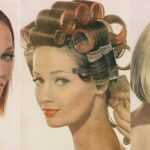
The Perfect 1960s Bob Hairstyle Designed by Celebrity Hairstylist Kenneth
March 5, 2023
